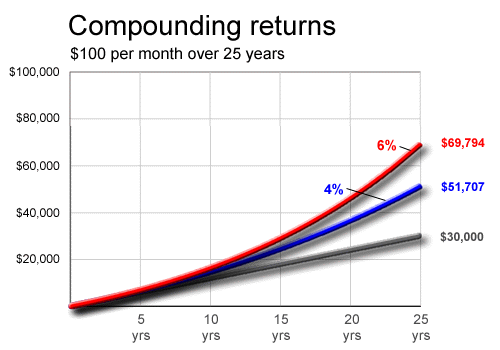By Amanda Morrall
To just about everyone except accountants and politicians, taxes are one of the dullest topics imaginable.
Yet when it comes to personal finances, it really does pay to give taxes more than a passing thought. Here's one good example why you should care:
Although all KiwiSaver funds are structured as Personal Investment Entities (PIEs), the rate at which they are taxed is income dependent and breaks down according to something called the Prescribed Investor Rate or PIR. Before you nod off, bear with me a little while longer.
The good news about PIRs is that taxes paid on investment returns from KiwiSaver have been reducing since October 2010. The bad news is, that unless you took the time to notify your KiwiSaver provider about what rate you should be taxed at you'll be automatically assessed at the highest rate, which at the moment is 28%.
But wait, here's the kicker. If you have inadvertently put yourself in the highest PIR (and you legitimately belong in one of the lower groups) then attempt to get a refund on the difference with Inland Revenue at a later date, you're out of luck. IRD considers it a "final tax." If however, you were in one of the two lower rates (10.5% or 17.5%) Inland Revenue wants your money.
For most people earning more than NZ$48,000 a year, this won't be a huge deal, as you're most likely in the right PIR of 28%. Yet if you've got your children in KiwiSaver, or you're on a low income, chances are you're paying more tax than necessary. Because KiwiSaver is still in its infancy, being only three and a half years old, it may not make a massive difference to your balance if you've been overpaying for a few years.
But as chartered accountant Matthew Underwood aptly points out, "over the long run it'll chew you to pieces. It's a bit like the cost of using a fund manager.''
The compounded effect of a 4% or 6% return on your investment shows how even a 2% difference can be significant. With monthly contributions of NZ$100 a month over 25 years, there's a marginal difference over the first 10 years, but in the 15 subsequent the spread grows to NZ$18,000. 
Given that the majority of the 1.6 million KiwiSavers enrolled in the scheme are reported to have gross incomes between NZ$10,000 and NZ$50,000, PIRs even if deadly dull, do warrant attention.
So how do you know if you're paying the right amount of tax on your investment earnings from KiwiSaver?
Thankfully, it's a relatively straight forward process to find out. If you have access to the internet you can go onto the IRD's website and find out where what PIR you properly fall into. The next step is to inform your KiwiSaver provider. Again, the onus is on you to take the initiative. No one else is going to do it.
In theory, it should be dead easy to find out your PIR rate from your provider simply by logging onto their website and looking up your account details. Yet take a moment to visit your KiwiSaver provider on-line and you might be disappointed. Quite often, the only useful bit of information you'll find laid out plainly for you to see is your balance. To find out how much you've paid in fees and expenses, what your PIR is, who the fund manager is and how the fund has performed, you'll have to go trolling through annual reports and investment statements that aren't on the landing page with your account.
To find out more on what scheme you are in, the fund, the manager of that fund, and the fees and expenses you pay relative to other similar funds, check out our KiwiSaver section. To figure out your PIR, you'll have to phone Inland Revenue or visit their website, as that information is private.
Just as being taxed at the correct rate can make a big difference to how your KiwiSaver account builds over time, so too can the type of fund you are invested in.
That's because the expected rates of returns differ wildly depending on what kind of funds you are invested in. Generally speaking, the more equities and property you have in your KiwiSaver fund, the higher the expected long-term returns. The danger of course, is the risk that goes hand in hand with those higher returns. The inherent volatility of growth funds means that your retirement savings are more vulnerable to the vagaries of the market.
Age and appetite for risk are two guiding factors for choosing the right kind of fund. Compared to appropriate asset allocation, the PIR on your PIE is basic math and a phone call.
We welcome your comments below. If you are not already registered, please register to comment
Remember we welcome robust, respectful and insightful debate. We don't welcome abusive or defamatory comments and will de-register those repeatedly making such comments. Our current comment policy is here.